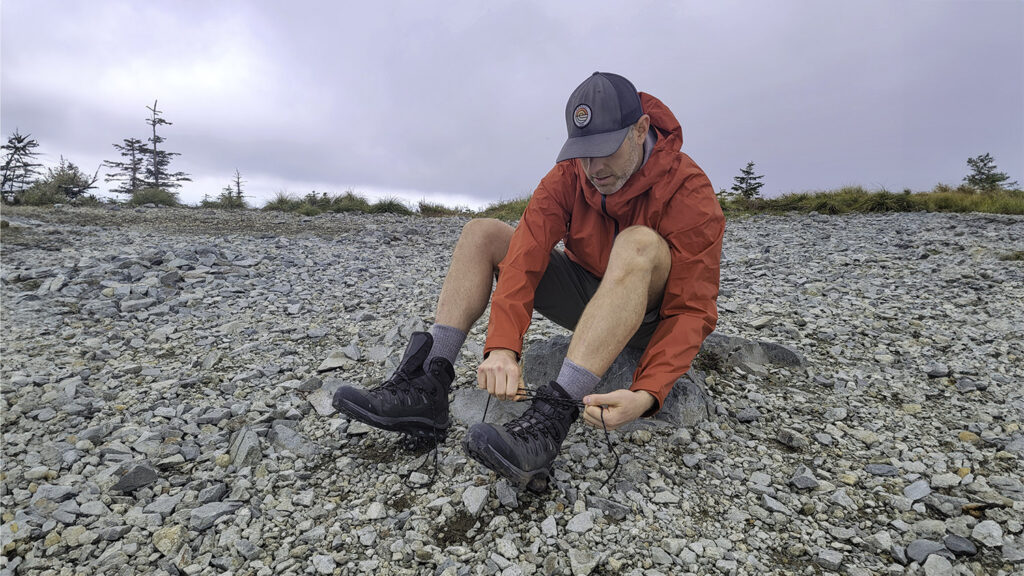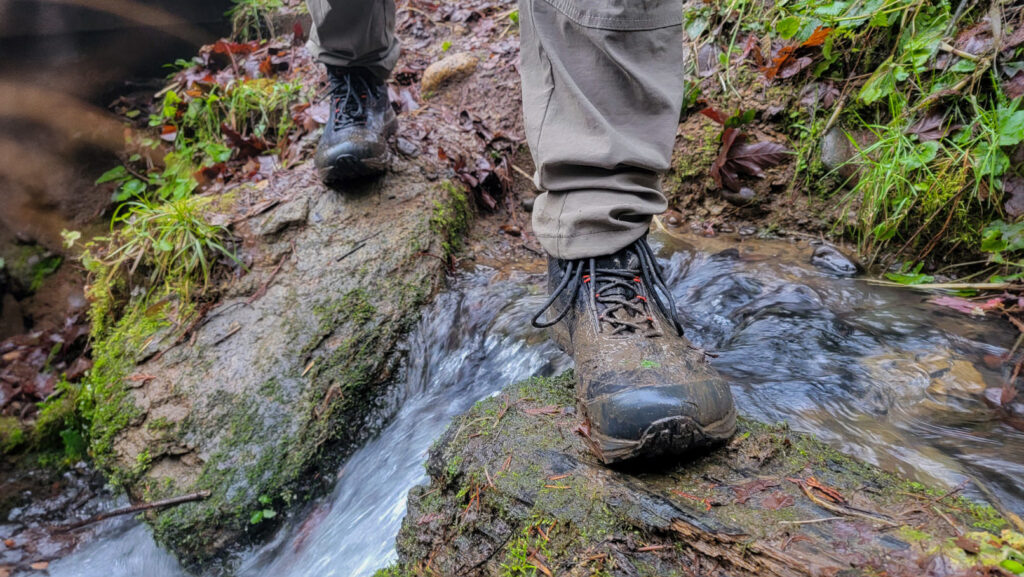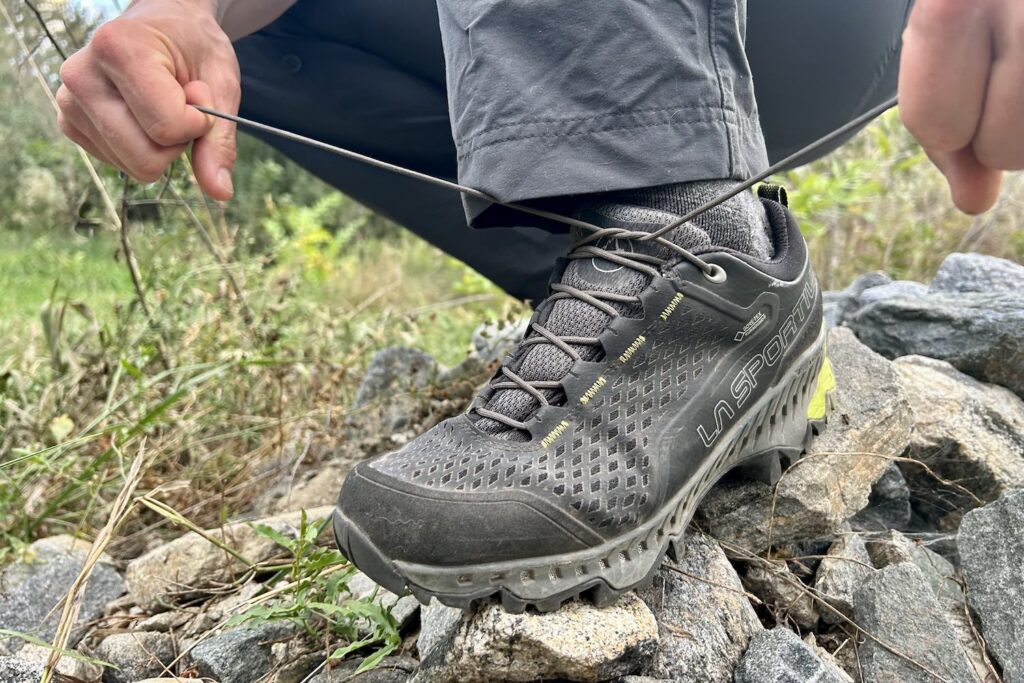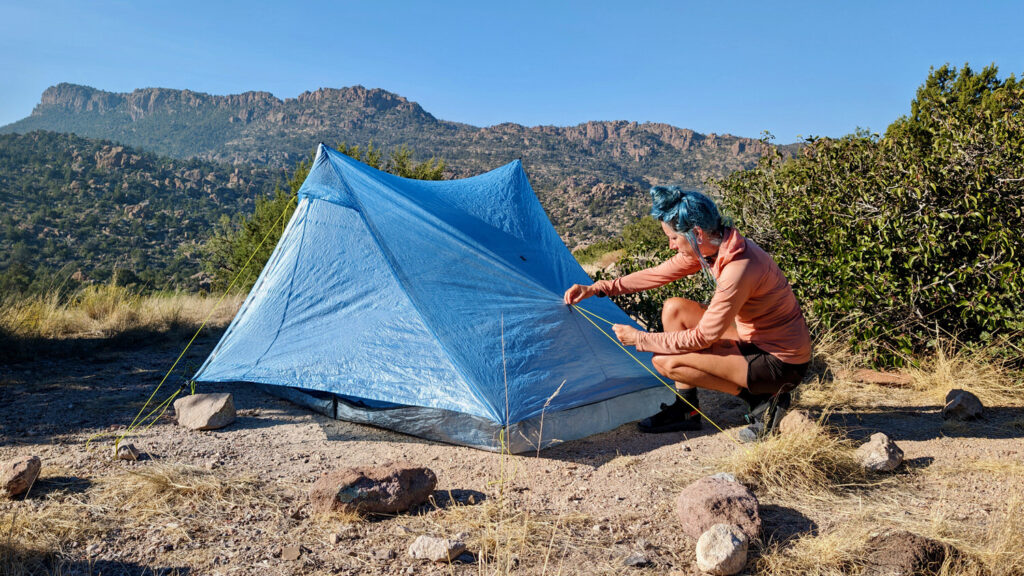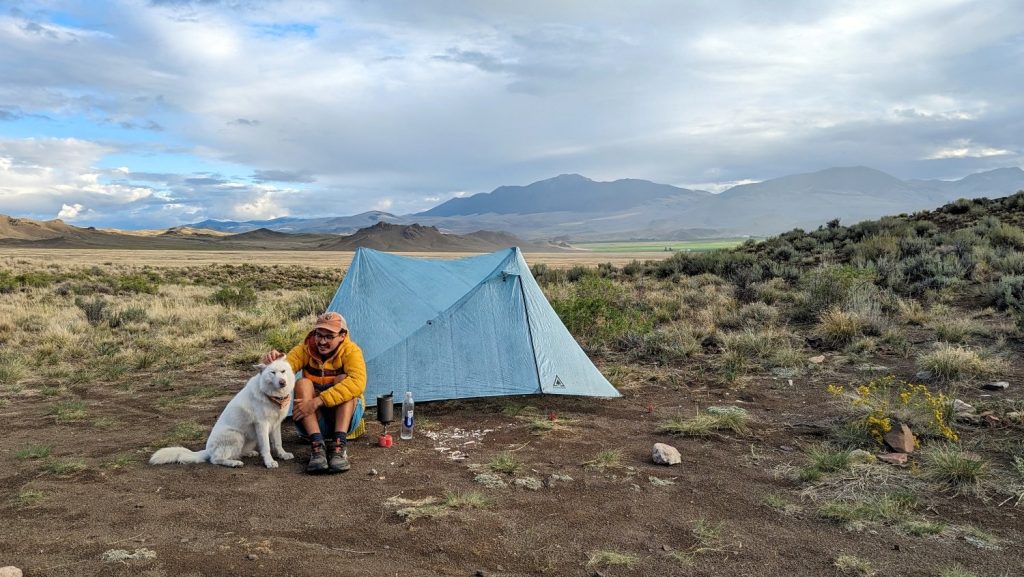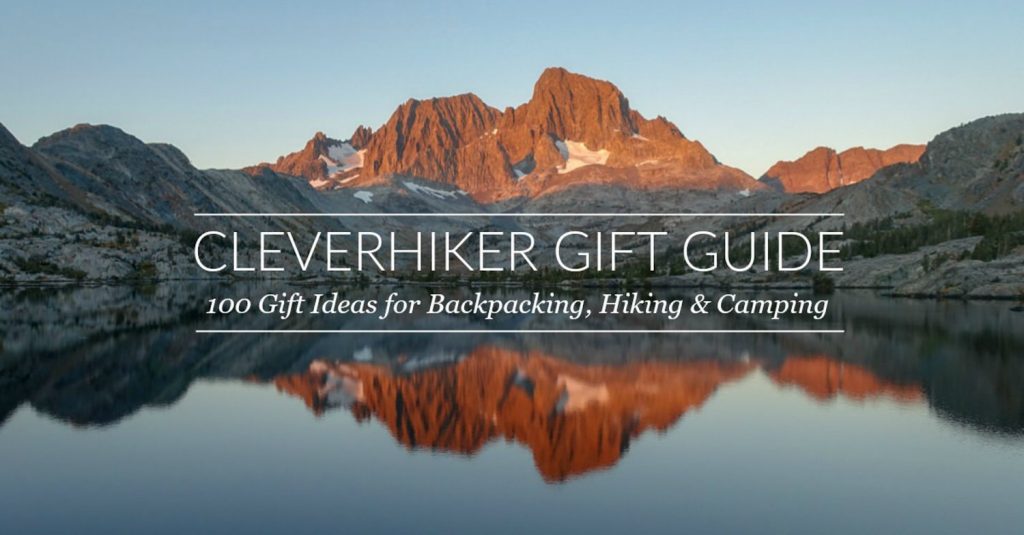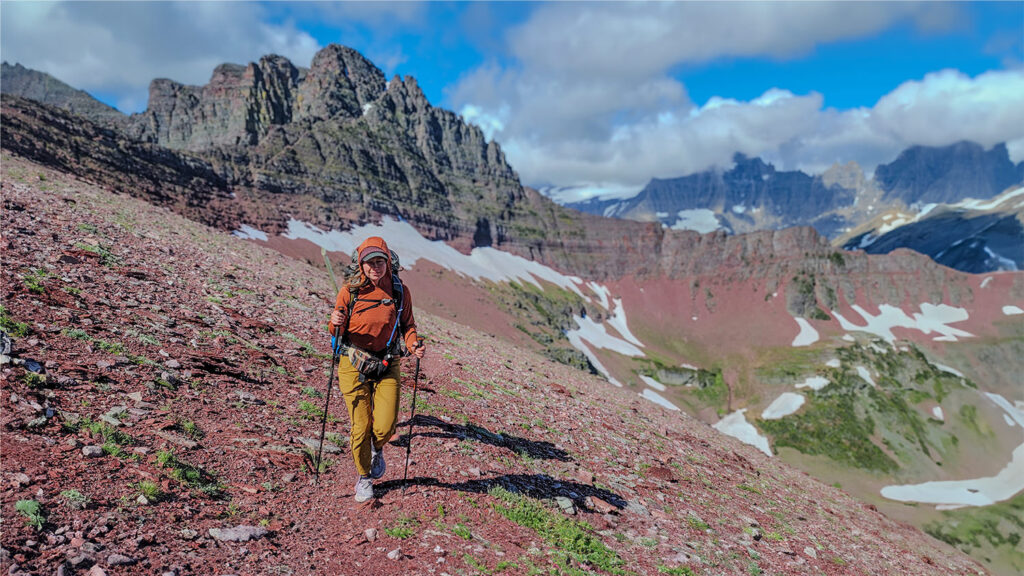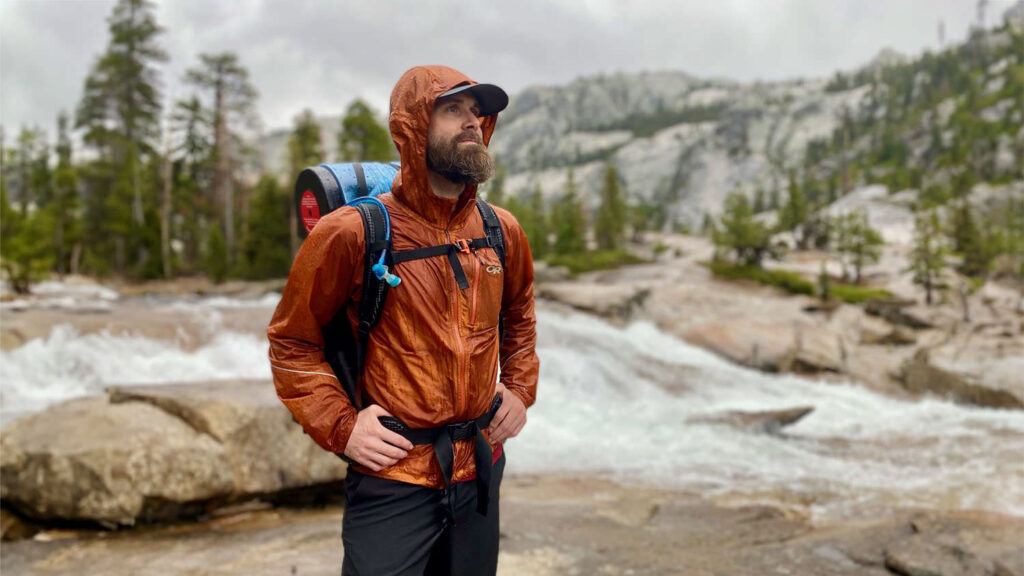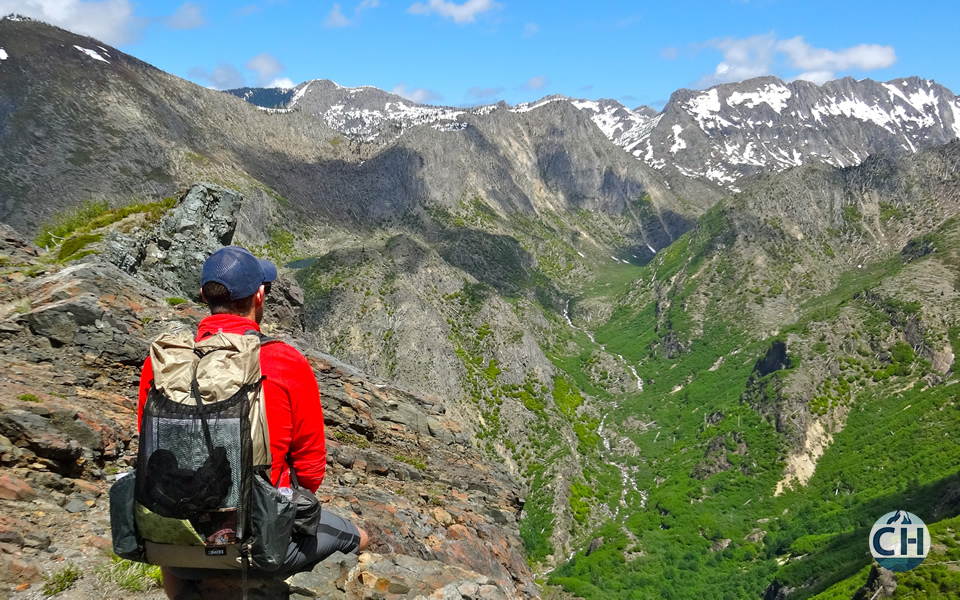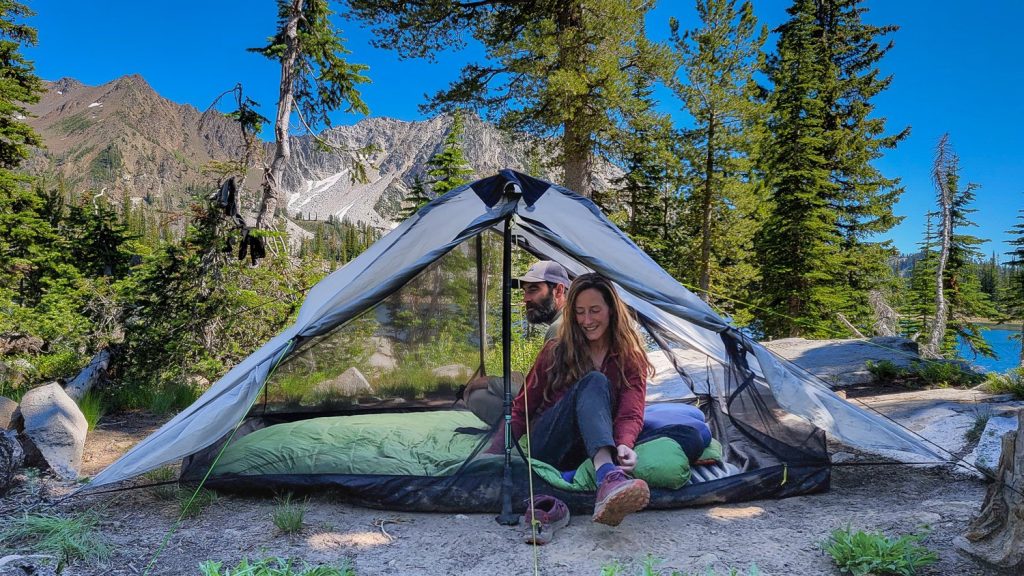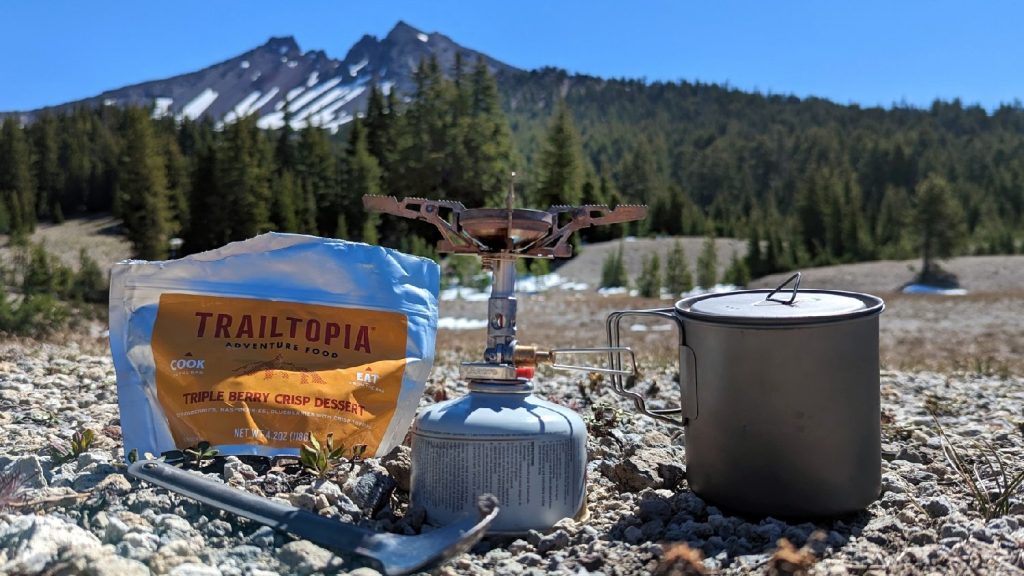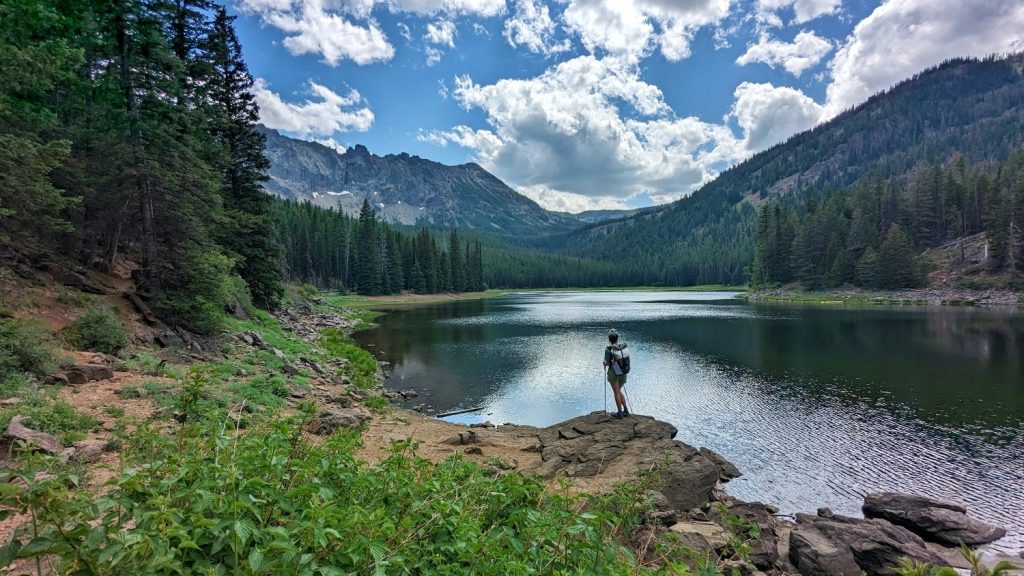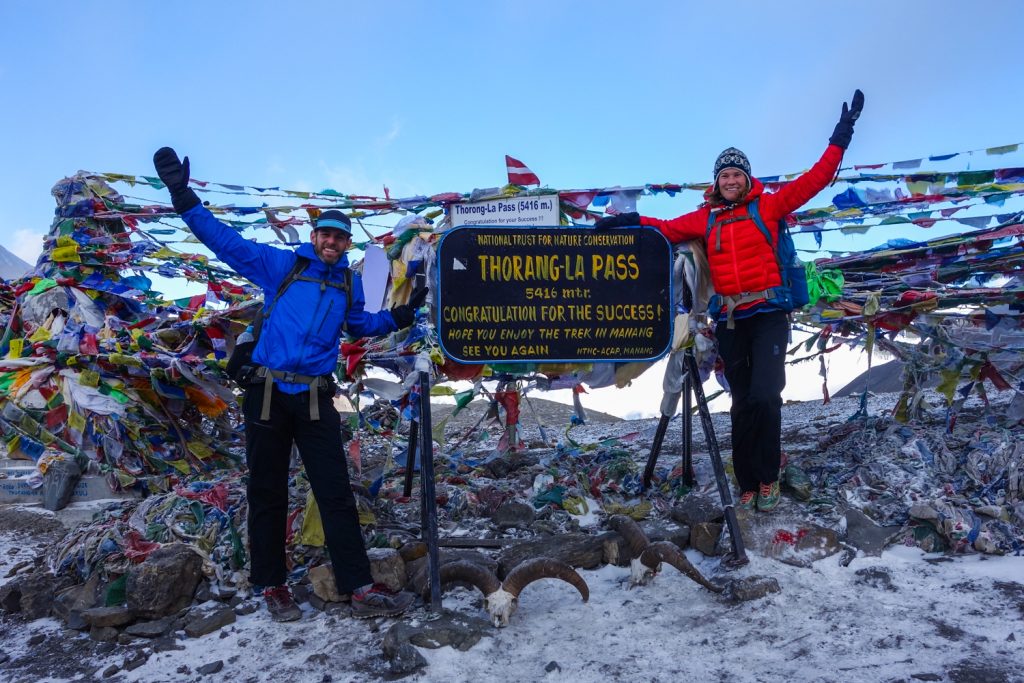
Annie and I just got back from our first two big hikes in Nepal, the Manaslu and Annapurna Circuits. In total we’ve been on the trail for about 25 days and we’ve been loving every minute of it. Well, nearly every minute (see Manaslu landslide details below). Tomorrow we head out on our second big trek, the Everest Three Passes Loop, and we’re very excited. The Everest loop should take about 20 days, so I wanted to post a quick update with some of my favorite photos before we head off. Thanks for all the kind emails and well wishes. We really appreciate all the positive vibes!
Author: Dave Collins
Post Date: 10-19-16
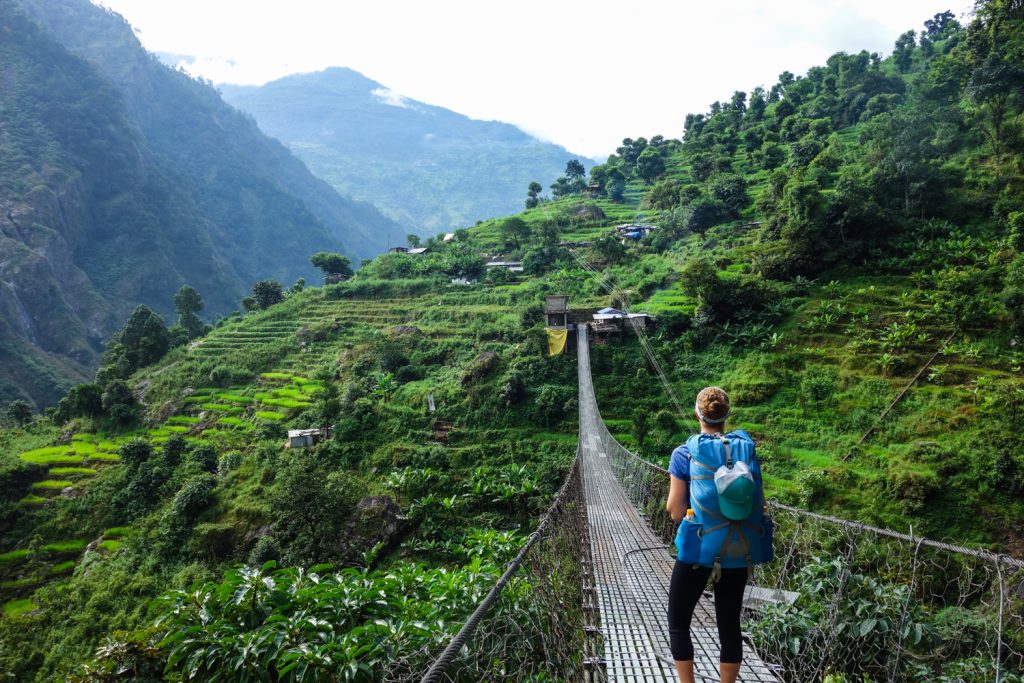
Picture Highlights
Nepal is an astonishingly beautiful country. I took nearly 3,000 photos over the past 25 days, and I really love about 120 of them. Nepal isn’t an easy place to photograph (difficult lighting and tough angles), but I’m happy with what I’ve got so far. Here’s a quick slideshow with a few of my favorite photos so far. I’ll be uploading a bunch more pics to the CleverHiker Instagram account (probably one pic per day), so make sure to check me out there if you’re interested in seeing more CH photography.
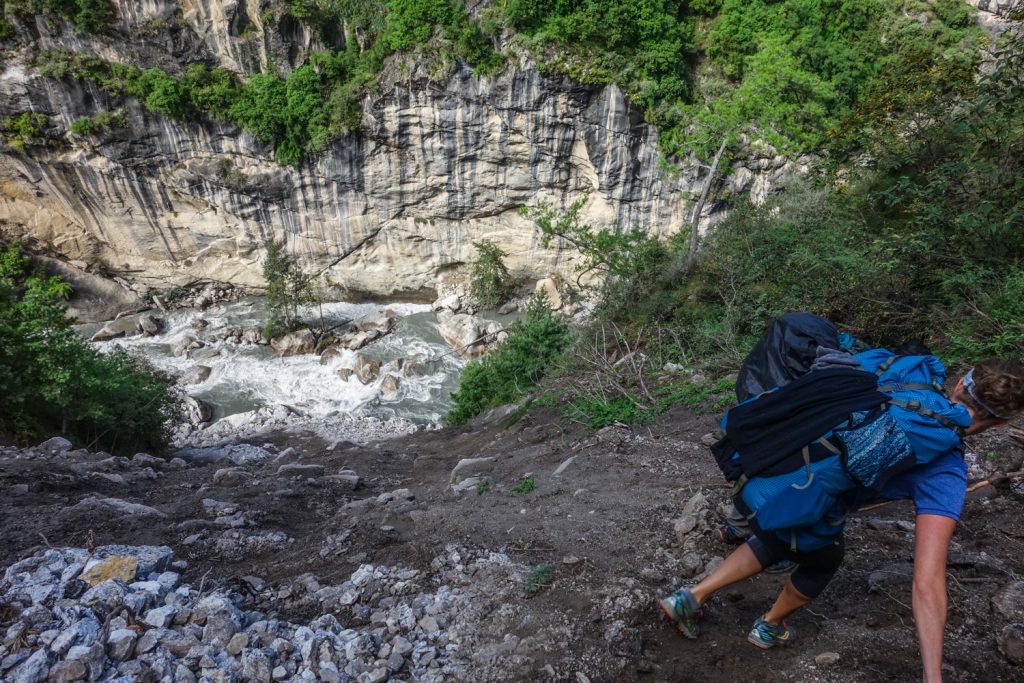
Manaslu And Annapurna Recap
When I have more time, I’ll put out a full guide with my top tips for hiking the Manaslu and Annapurna Circuits. But for now, here’s a quick recap of our trip.
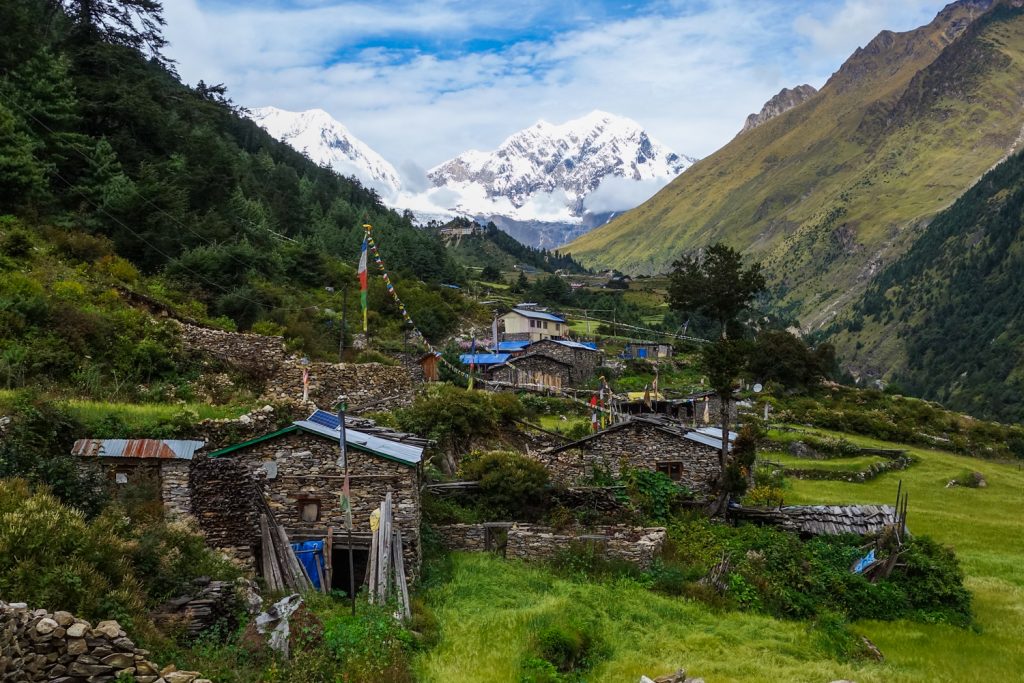
THE PLAN: Our initial plan was to hike the Manaslu Circuit with a one week side trip up the Tsum Valley and meet up with the Annapurna Circuit in Dharapani. At that point we’d jump on the Annapurna and follow it to Jomsom, where we planned to fly out. Had everything gone exactly to plan, the total trip would have taken about 30-32 days. We sadly had to cut out the Tsum Valley portion because two bridges were washed out during the monsoon season, so that cut our trip short by one week. That said, the Manaslu and Annapurna were fantastic and I’m sure we’ll get back to the Tsum Valley sometime down the line.
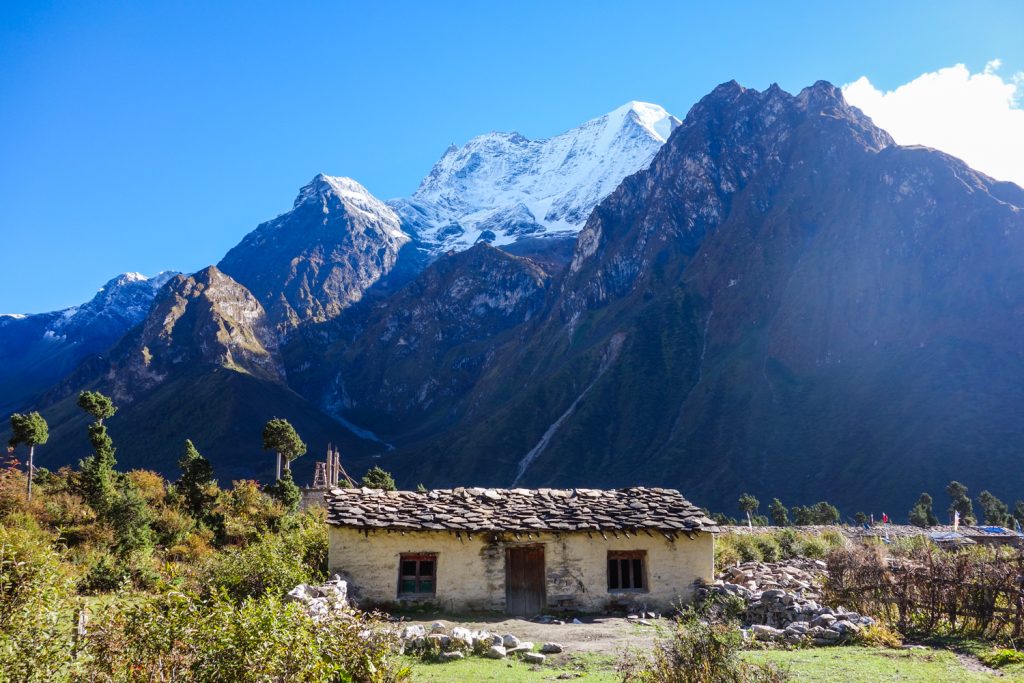
WEATHER: We started out on September 20th, which was still during the tail end of the monsoon season. Some years the second half of September is gorgeous in Nepal, and some years the monsoon clouds and rain linger well into October. We sadly had the latter experience this year, which impacted our travel plans, but not our spirits. Even though the mountains were often covered by clouds, we rarely had to hike in pouring rain, and still had enough great views to keep smiles plastered on our faces.
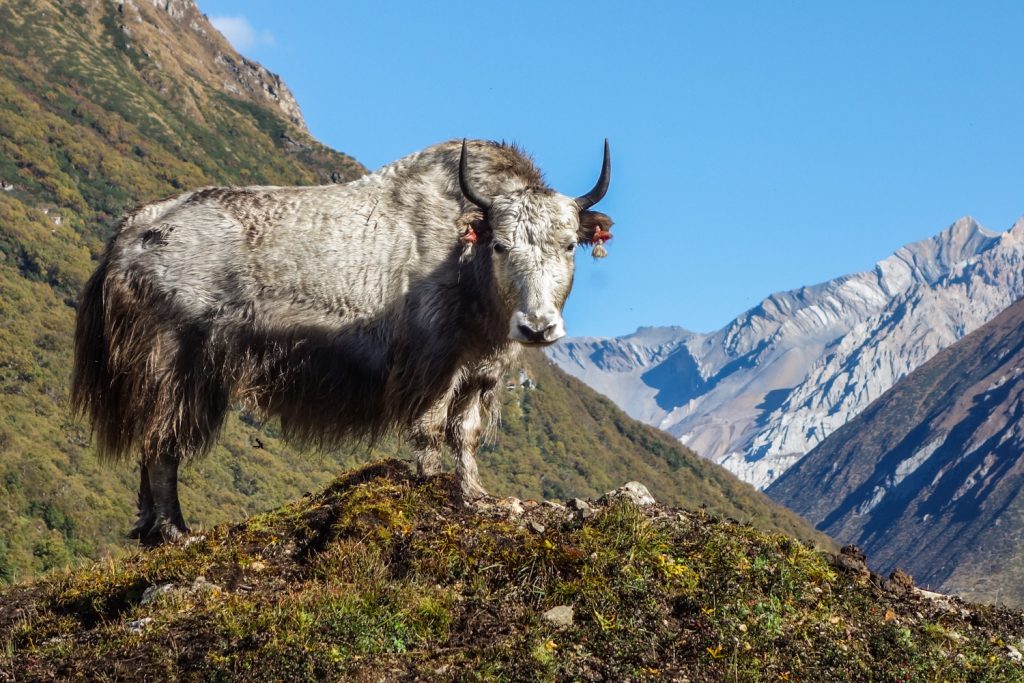
TRIP HIGHLIGHTS: The Larkya La Pass (16,752 ft) is the high point on the Manaslu Circuit and was one of our favorite days on the trail. We didn’t get a clear day hiking over the pass, but the mix of clouds and sun was a surreal sight, which also made for fantastic photos. Our Larkya La Pass day was also long and difficult, with a fresh dusting of snow, so it really felt like a burly accomplishment walking into Bimthang. Other than that, we had mostly dry weather, comfortable teahouse accommodations, delicious Nepali food (dal bhat power 24 hour), cool mountain villages to explore, and an amazing local guide named Ganesh (more on Ganesh below).
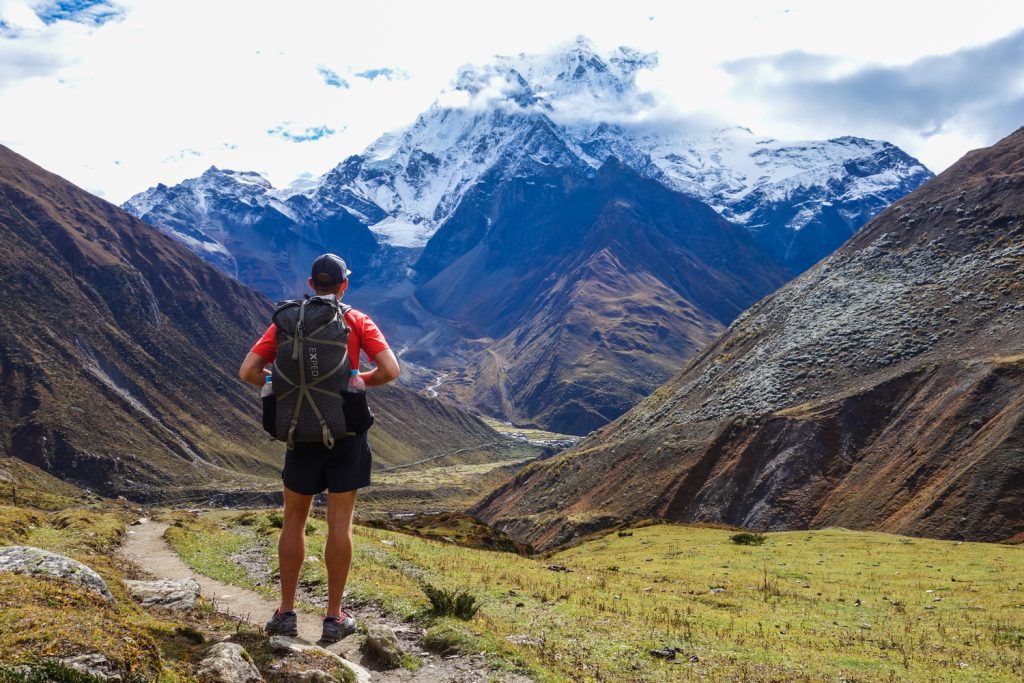
TRIP LOWLIGHTS: Our trip sadly started out with an unfortunate and tragic event. Our second day on the trail we were notified that there had been an accident up ahead. Four trekkers were killed in a landslide just after Tatopani on the Manaslu. Heavy rain and soil erosion had led to a massive landslide on a very steep section of trail. Needless to say, that set a very somber and worrisome tone for our first few days on the trail. We took every precaution, relied on the advice of our guide, and safely crossed the landslide area two days later, but the tragedy weighed heavily on our minds.
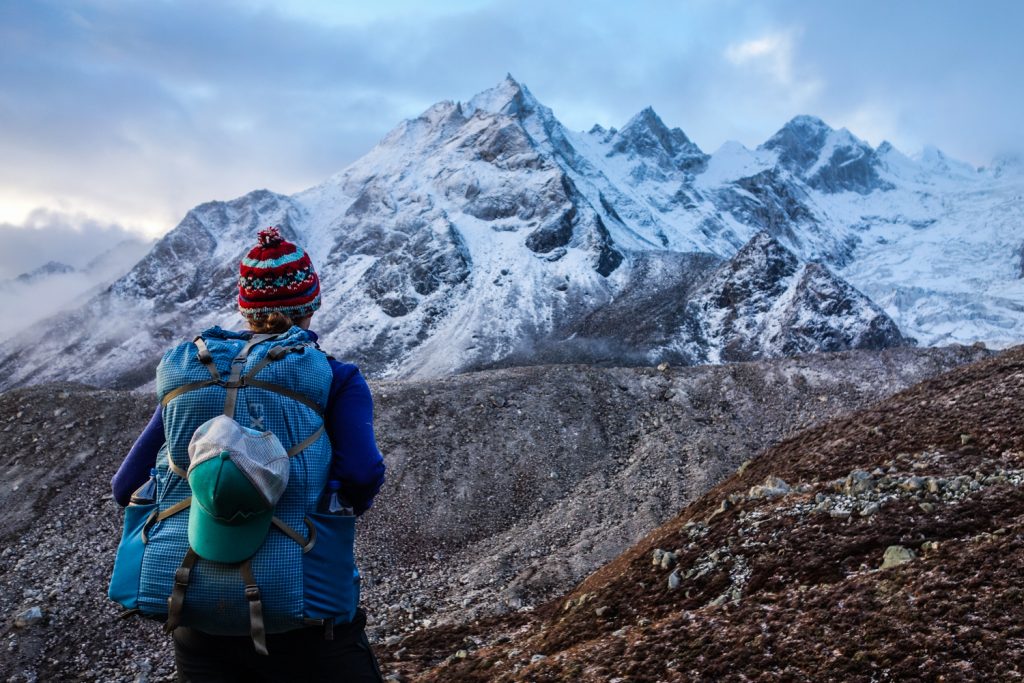
OUR GUIDE: The Manaslu Circuit is a restricted hiking zone, so you have to hike it with a guide. Luckily we stumbled upon a fantastic trekking company in Kathmandu and they hooked us up with a truly amazing guide. And I’m not just saying that. Ganesh was an exceptional guide (knowledgeable, friendly, funny, and experienced) and we feel extremely fortunate to have been linked up with him. I would highly recommend contacting Ganesh if you’re ever planning to trek in Nepal ([email protected] or Ganesh on FB). We even had several other groups ask us how we found him because he was clearly such a gem. If Ganesh is booked up, I’d also recommend reaching out to Ram at Outdoor Himalayan Treks ([email protected] or Ram on FB). Ram has also been a fantastic resource for us while we’ve been traveling in Nepal. He’s given us tons of useful information and helped us plan transportation, accommodation, and trekking permits.
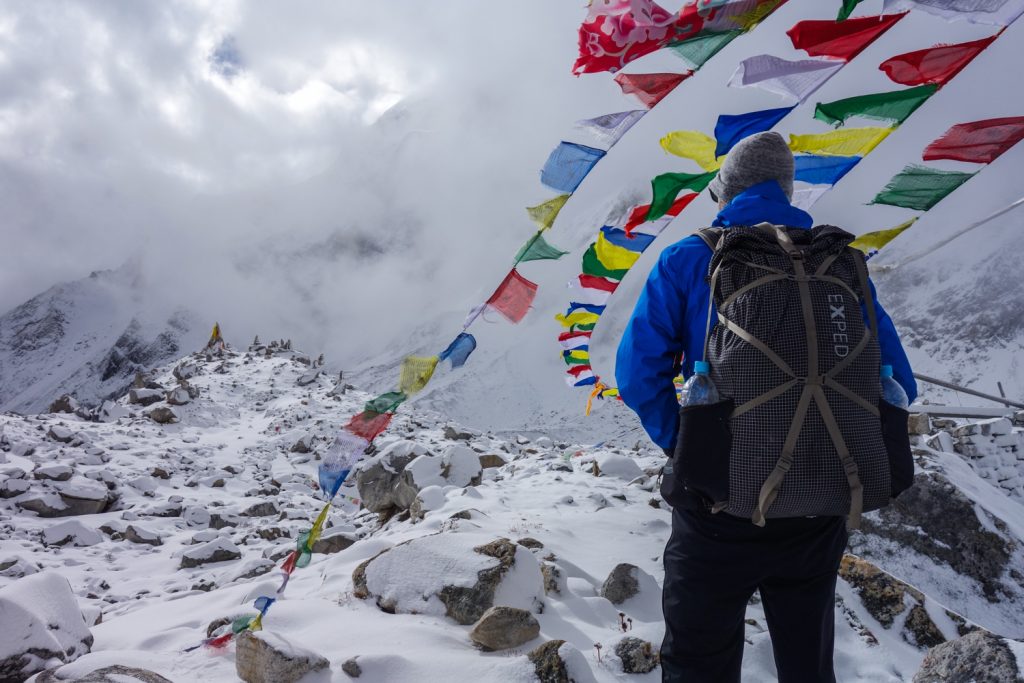
POST EARTHQUAKE CONDITIONS: In April of 2015 Nepal experienced a devastating earthquake that killed nearly 9,000 people and severely damaged infrastructure throughout the country. One of our biggest concerns with this trip was not knowing what condition the trails, towns, and roads would be in. By all accounts, conditions have been far better than we would have expected. Repairs are still ongoing in some areas, but all major trekking routes seem to be open and largely unfazed. Now is a great time to visit Nepal and help boost their tourism economy.
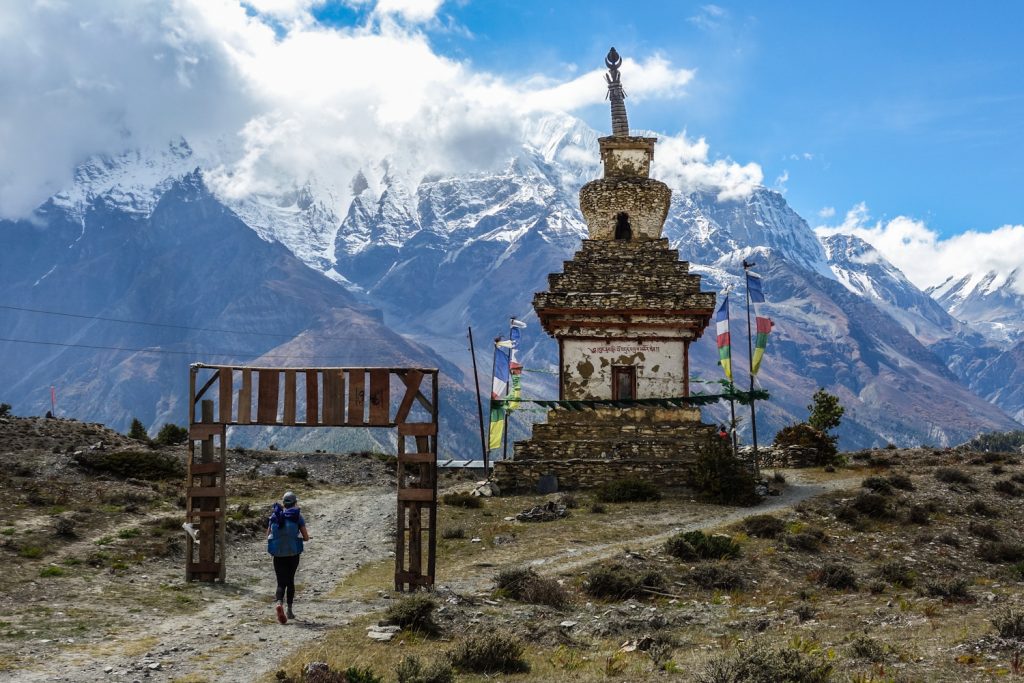
Gear Testing
Kathmandu has a few shops that sell high quality backpacking equipment, but most trekking stores here sell cheap knock off gear that won’t last over the long haul. For that reason I’ve been a bit limited in the gear I can test. That said, I’ve still been able to get my hands on some quality equipment and I’ve found a few winners. Here are some notes on new gear that I’m excited about.
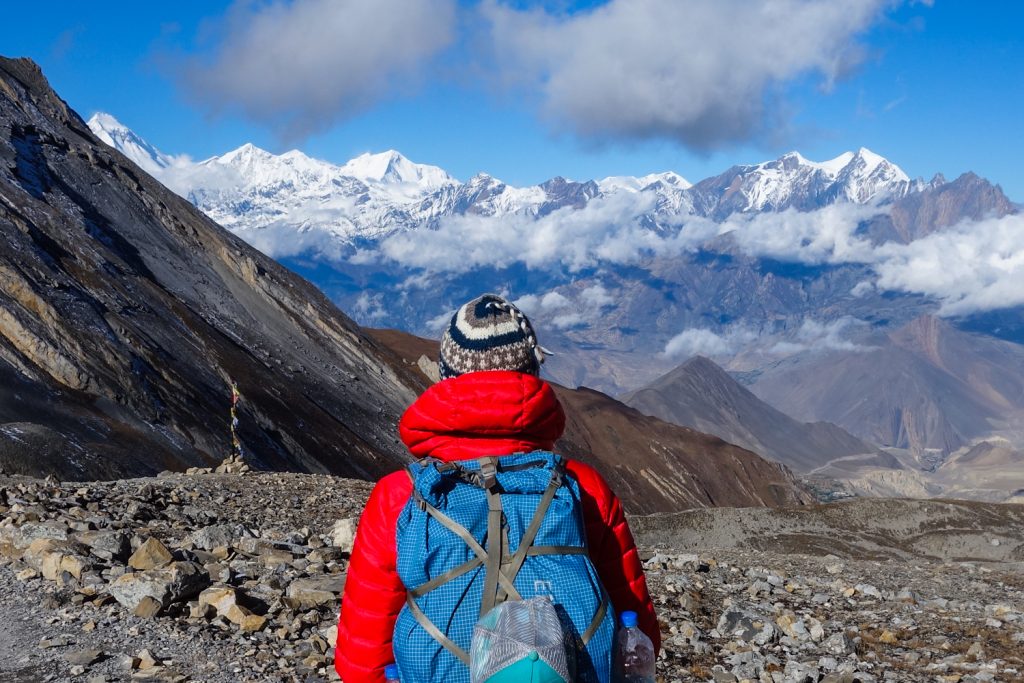
STERIPEN ULTRA – I’ve used several SteriPEN models in the past, and they’ve always let me down. But the SteriPEN Ultra seems to be a different story. So far it’s working like a charm and it’s one of the most useful items we’ve picked up. The SteriPEN Ultra uses UV light to purify 1L of water in 90 seconds without any pumping, squeezing, or chemicals, which is really nice. It’s lightweight, compact, and it has a USB rechargeable battery that will filter 50L of water per charge (that’s about 4-5 days worth of water for two people). The Ultra works great with small-mouth plastic bottles too (just flip it upside down and gently rotate while purifying). All in all, it’s one of the easiest and most convenient water purifiers I’ve ever used. So far I’m quite impressed. The Ultra may even unseat my top pick water purifier for 2017.
MARMOT SAWTOOTH SLEEPING BAG – Quality sleeping bag options in Kathmandu were extremely limited, especially for lightweight bags. That said, the Marmot store in Kathmandu had a few good options. The Marmot Sawtooth has been working out great great and I think it’s a very good budget down bag. It’s comfortable (plenty of room for an average person to move around), warm (15.6°F lower EN rating), relatively light (2lb 7.5oz), and comes at a reasonable price (especially for down bags).
EXPED LIGHTNING 45 BACKPACK – Annie and I have both been rocking the Exped Lightning 45 backpack and we’re pleased with it’s performance so far. Its strongest feature is its suspension system, which transfers weight to the hips really well. It’s one of the best suspension systems I’ve seen on a lightweight pack. It also promotes good back ventilation, has a simple/compact design, and looks stylish too. My biggest complaint is that I wish it had more exterior storage space. I don’t find the outside compression straps to be very useful, so a back mesh pocket would be a big improvement in my eyes. The one small exterior zip pocket this pack does have is covered by the top strap and compressed by interior gear, so you really have to open the entire pack to access anything. Also, the side water bottle holsters are too snug and I wish the harness was a little less firm and more cushy.
EXPED WATERPROOF STUFF SACKS – I’ve been experimenting with a new waterproof organization system on this trek and I think it will be really great once it’s completely dialed in. What I’m trying to do is create a completely waterproof backpack interior using stuff sacks. That way I’ll never have to worry about leaky pack covers or trash bag liners when it pours outside. Exped makes a range of lightweight waterproof sacks and so far they’ve held up very well. I’ve been using large ultralight stuff sacks for clothing/jackets etc, and slightly thicker (and more durable) waterproof stuff sacks for smaller gear, like electronics.
SAUCONY PEREGRINE 6 TRAIL RUNNERS – Annie and I are both wearing these shoes and they seriously rock. I also loved the Peregrine 5s too, so I have a happy history with these kicks. My favorite aspect of the Peregrines is that they have phenomenal traction. They’re super grippy, which makes a huge difference on tough trails, especially in sketchy landslide areas. There are a lot of hikers rocking heavy boots in Nepal, so there’s no shortage of tired legs and bad blisters out here. People ask us about our footwear on the trail all the time, so we’re probably doing something right. When it get’s wet and cold, we use wool socks with these shoes to keep our feet warm. Even on a couple of snowy pass days these shoes have worked out great.
THE NORTH FACE POLARTEC FLEECE JACKET – I picked up a simple North Face fleece jacket in Kathmandu (I can’t find the exact model online. Maybe they don’t make it anymore, but that doesn’t seem right) and I’ve been really surprised by how much I like it. It’s a surprisingly useful jacket when hiking in cold and wet weather. It’s much more comfortable to hike in than a puffy coat and it performs much better in wet conditions. When the weather gets really frigid I layer up with my fleece on the bottom, puffy coat in the middle, and rain shell on top. It’s a system that’s keeping me warm, dry, and happy.
MOUNTAIN HARDWEAR STRETCH OZONIC RAIN PANTS – I’ve got a love hate relationship with rain pants. Actually, it’s mostly a hate relationship. They feel terrible against the skin, don’t breathe at all, and are just as likely to soak you in sweat as they are to keep any moisture out. That said, rain pants are a critical piece of gear when hiking in cold, wet, and windy conditions. Mostly they’re important for retaining heat. I haven’t had enough experience with the MH Stretch Ozonic rain pants to give them two thumbs up just yet, but I do think they’re a big step in the right direction. My favorite thing about them is their stretchy material, which makes them much more comfortable to hike in than the usual plasticky rain pant. They also have a full leg zip on both sides, which makes it easier to remove them on the trail (you don’t have to take off your shoes). My two biggest complaints so far are the useless front pocket (any item stored in there will rub against your leg while you walk) and the half belt (the belt can’t fully connect around your waist because of the full side zippers). That said, those are relatively minor downsides for a much more comfortable rain pant. Still, more testing in harsh weather is needed.
TREKKING IN THE NEPAL HIMALAYA GUIDEBOOK – Detailed trekking maps for Nepal are easy to find throughout Thamel in Kathmandu. But detailed information is much tougher to come by, especially if you’re trekking without a guide. This book has been a tremendous source of information for our Nepal trek planning. As always, there are some sections with outdated information and updates that will need to be made in future versions, but for the most part this book has been spot on. We have relied heavily on the information found in this book for our 90 days in Nepal and I’d consider it a must own resource for independent trekkers. Side note: we don’t actually carry the book with us on the trail. Instead we take pictures of the pages we’ll need with our phones, which saves a good amount of weight.
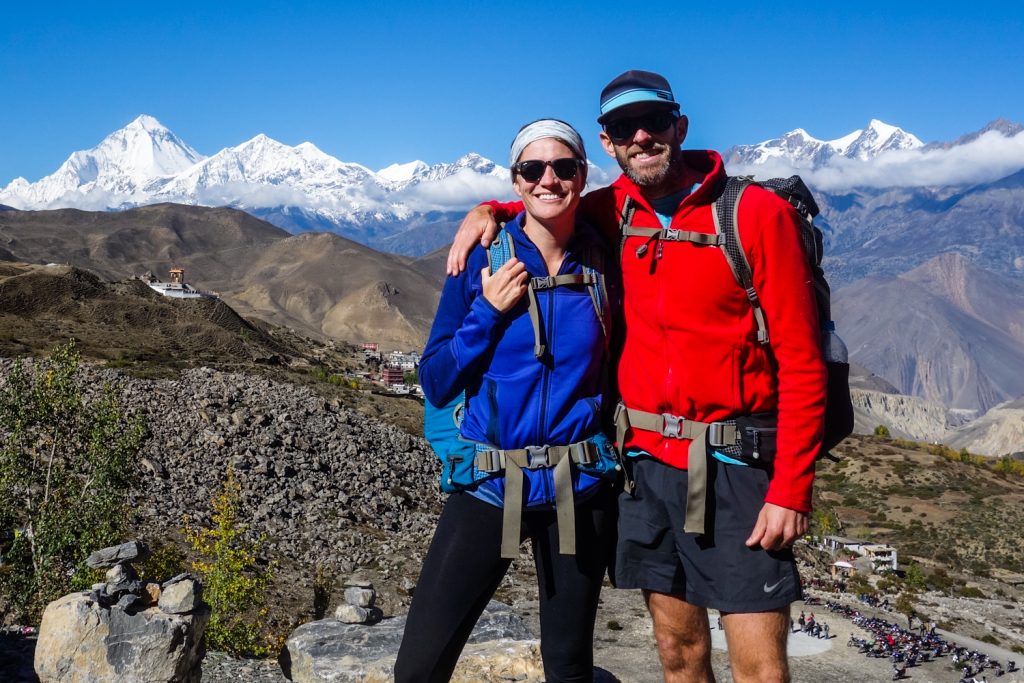
Okay, that’s all for now. Time to grab some Z’s before a big travel day. Thanks again for all the support and talk soon! Check out the CleverHiker Facebook page and Instagram account for more updates.



